Pre-leases are now an important criterium
Currently, the highest investment activity is seen for projects that have a secured pre-leasing level of at least 50-60 pct of the space. This level of occupancy is often a prerequisite for the start of construction - developers today are placing great emphasis on reducing risk, which makes fully speculative developments rare.
The market has clearly become polarised. On the one hand, there are players such as GLP, CTP and Hillwood, who are still actively developing speculative projects - mainly in prime locations where demand is stable and predictable. On the other hand, some developers prefer the pre-lease model, launching projects only after leases have been signed.
BTS (build-to-suit) and BTO (build-to-own) projects are still an important market segment, especially for tenants with specific technical requirements or who are interested in facility ownership. However, they are being developed selectively, mainly by experienced developers









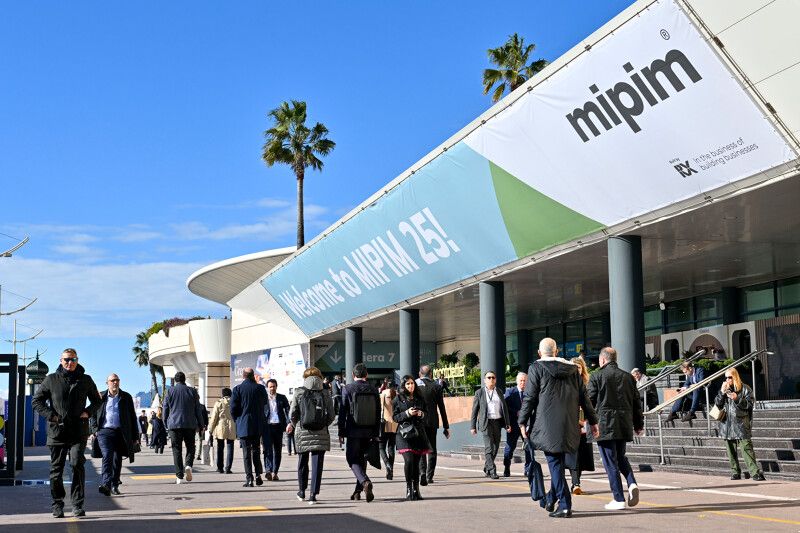


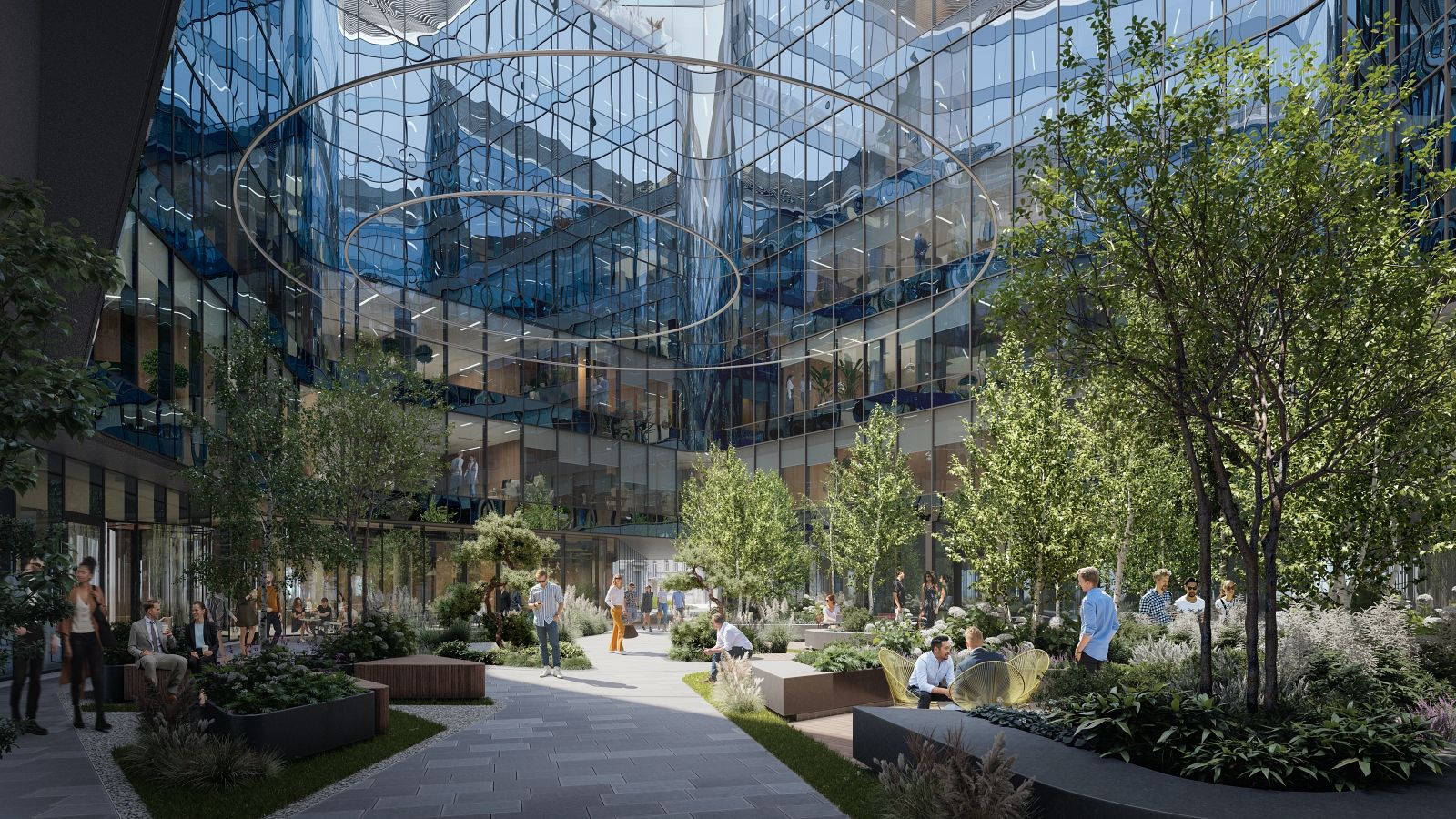
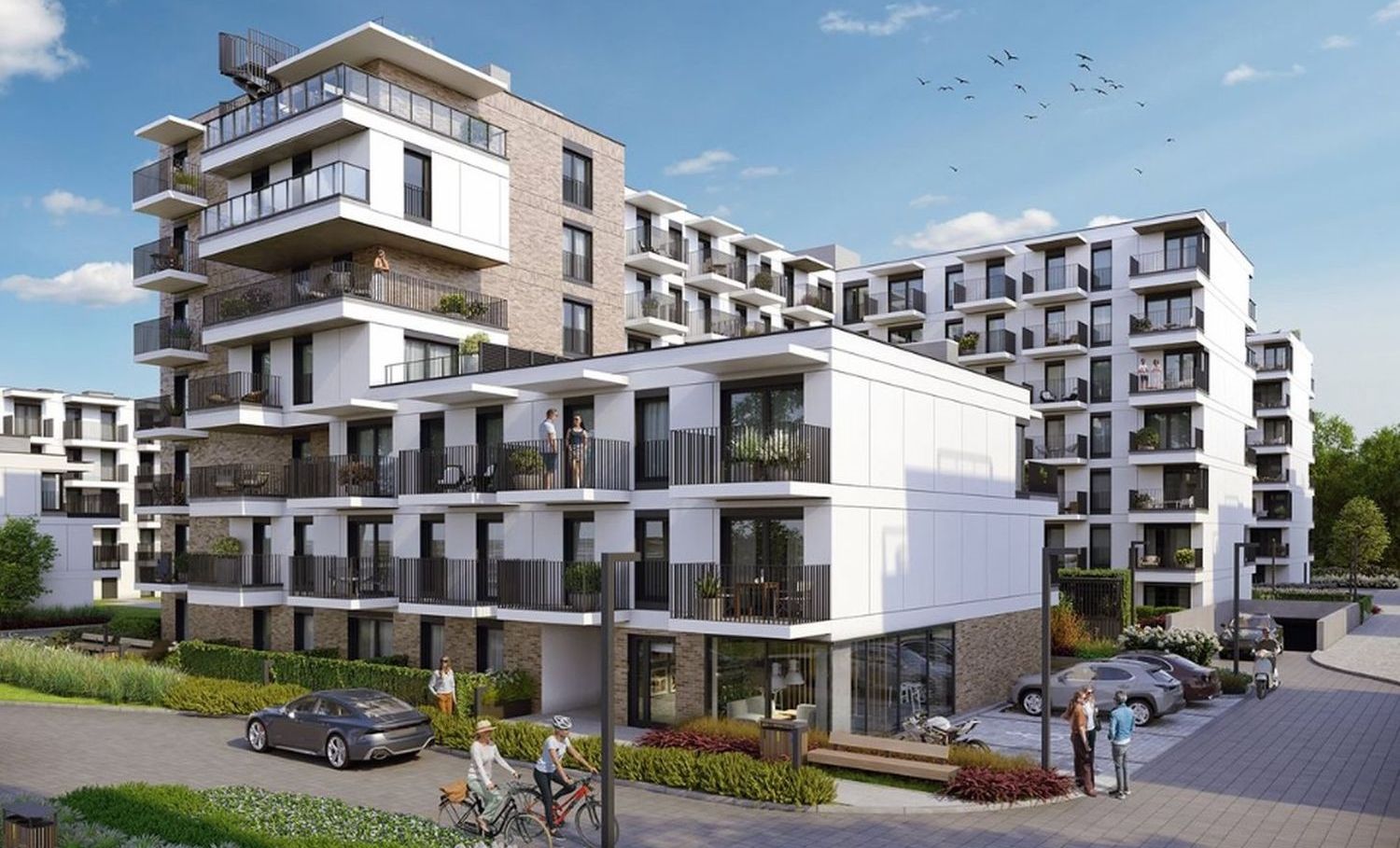





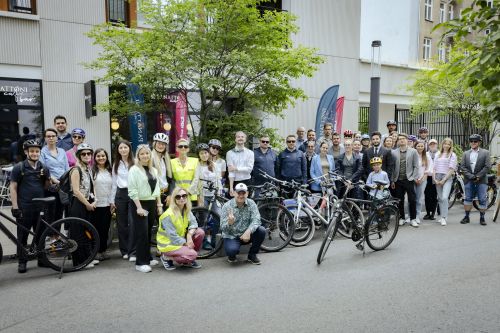


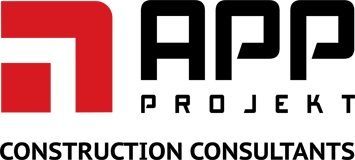



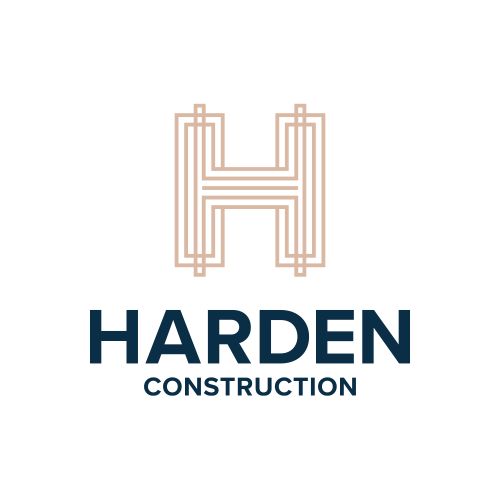



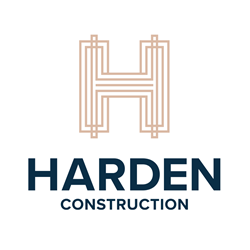



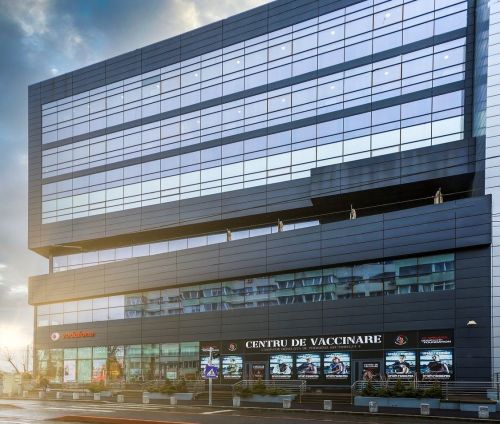


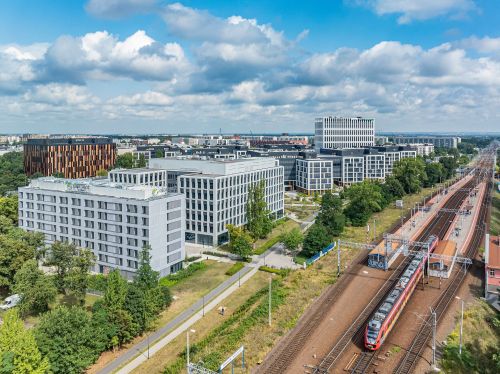






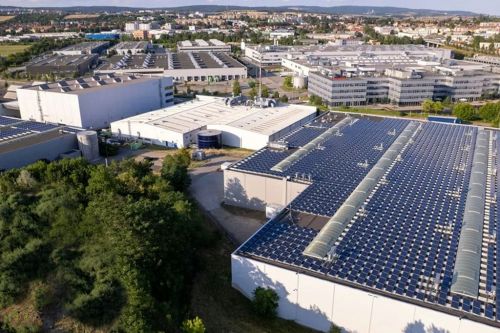


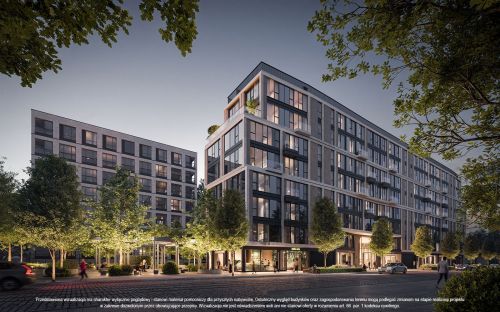
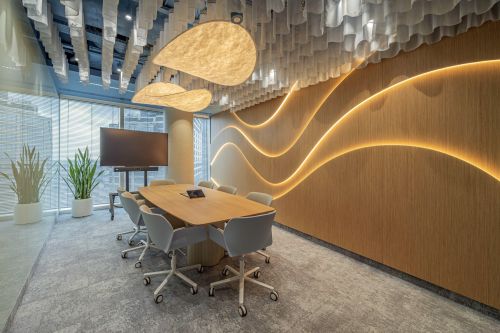

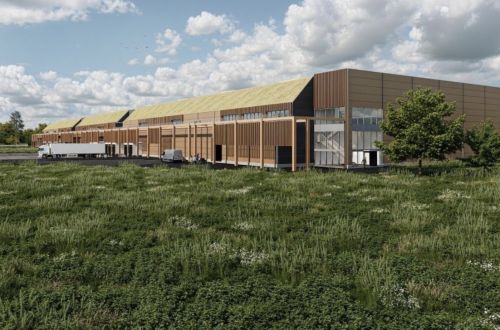
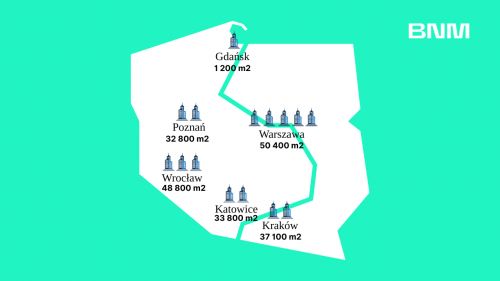
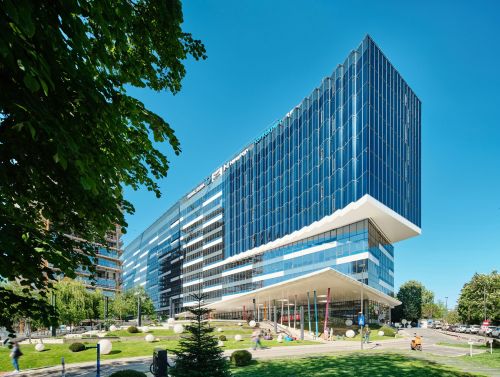
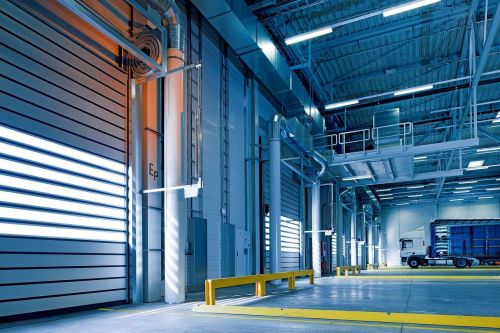
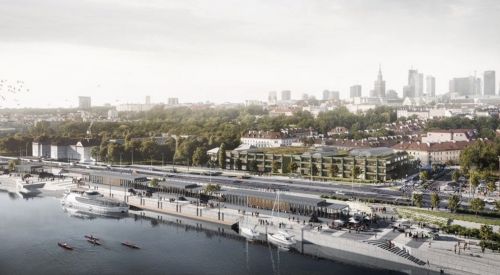







EXPO REAL 2025: From survival mode to selective recovery
EXPO REAL 2025: From survival mode to selective recovery
This year’s EXPO REAL in Munich marked a noticeable shift in tone across industry conversations. Following a period of uncertainty and postponed investment decisions, the com ...
Axi Immo
Are lease agreements in retail parks still triple-net?
Are lease agreements in retail parks still triple-net?
The lease agreements concluded for retail parks increasingly feature solutions that differ from the classic Triple Net Lease agreements, particularly as regards the settlement of o ...
CMS
Flex market picks up momentum
Flex market picks up momentum
The flexible office market in Poland is growing rapidly. In the upcoming years, we can expect the pace of its development to accelerate. Currently, over 420,000 sqm of flex space a ...
Walter Herz